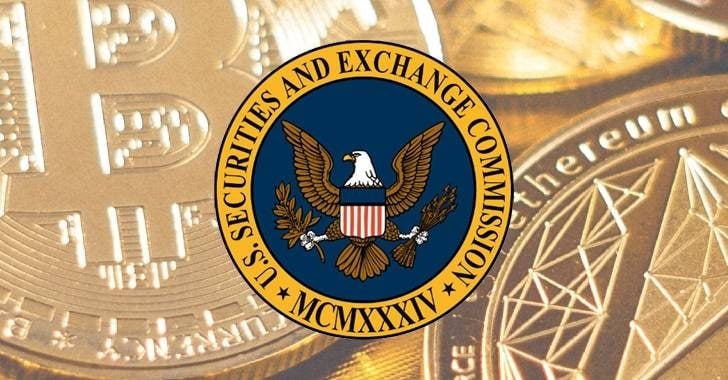On Twitter, a user by the name of TuongvyLe12 who used to work for the SEC posted a thread in which they explained the parallels between initial public offerings (IPOs) and initial coin offerings (ICOs).
She began by noting that when she first started working on crypto SEC in 2017, most ICOs resembled IPOs in structure: groups selling tokens to the public to acquire capital for developing protocols or applications that did not yet exist, with little or no disclosures to help investors make informed decisions.
While others argue that these were never “investment contracts,” what’s clear today is how far crypto has come: it’s a diversified and lively ecosystem of actively utilized protocols, layers, applications, and DAOs, and tokens may serve various purposes, usefulness, and functionality.
She went on to suggest that a token may be used as an incentive for users to contribute to the upkeep of a public good – a decentralized public ledger – by monitoring transactions, validating activities, voting on results, or doing calculations to validate transactions.
Second, she claims that it might be the only way for those individuals to get compensated for delivering that service, or for others to pay for products or services on that network.
Third, a token might be a representation of value based not on the efforts of a centralized team, but on market forces: do people like and utilize the protocol’s apps? Because of how effectively the deployed network functions, are users’ transactions processed fairly, swiftly, and cheaply?
They may also be a membership in a community that lets people engage in governance or obtain access to particular advantages, and finally, a prize for assisting in the network’s security.
She concluded by adding that if seeing all of this via a financial lens ever made sense, it certainly doesn’t anymore. Stubbornly adhering to the Howey test just because some individuals acquire tokens for speculative reasons overlooks how far crypto has progressed and endangers the future of this great new technology.







